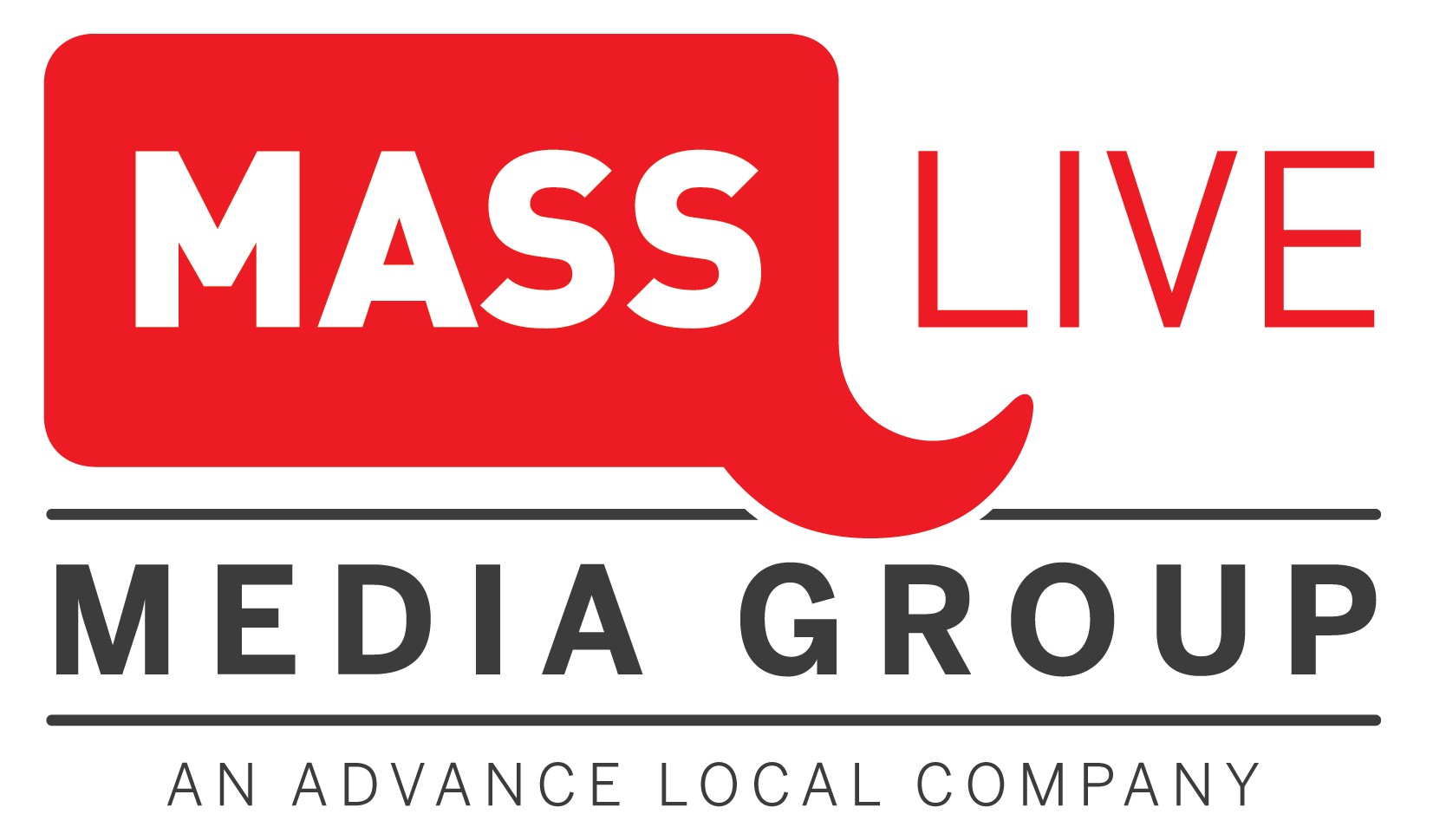 Every business should have an in-depth knowledge of how customers interact with products and services and decide to buy on their path to purchase. Unfortunately, the post-purchase stage, evaluation, is often overlooked.
Every business should have an in-depth knowledge of how customers interact with products and services and decide to buy on their path to purchase. Unfortunately, the post-purchase stage, evaluation, is often overlooked.
But once a customer has purchased your product, the relationship isn’t over. In fact, it’s just the beginning of the evaluation stage.
Overlooking the evaluation stage can be a big mistake, because after a customer converts and makes a purchase, how the sale is evaluated has a huge effect on making future sales.
Businesses have long relied on word of mouth advertising in the form of testimonials, referrals and recommendations. In the digital age, the medium for word of mouth advertising has changed, but its impact is still profound.
If customers are talking about your products online and in person, you can guarantee that other potential customers are listening. That’s because reviews and customer feedback are a critical part of the path to purchase for your next customer.
The path toward purchase
How does one travel on the path to purchase when deciding what to buy? If you’re looking to purchase a new product, it’s more than likely your research includes mining insights from other purchasers, often online. Constructive insights – such as quality of a product, the customer service during the purchase, and other customer experiences – can be valuable when making an informed decision where and how to spend your money.
Consumer surveys confirm that users overwhelmingly rely on online feedback from other consumers to make purchase decisions. Consider the findings of the 2017 BrightLocal Local Consumer Review Survey:
- 97% of consumers now read online reviews
- Consumers read an average of 7 reviews before trusting a business – up from 6 last year
- 85% of consumers trust online reviews as much as personal recommendations
- 49% of consumers need at least a four-star rating before they choose to use a business
Clearly, ratings and reviews have a huge impact on customer purchases, even purchases made in a store. A Retail Dive Consumer Survey found that about two-thirds of consumers surveyed research purchases online before making a purchase at a retailer.
So how can you turn your happy customers into referrals?
Here’s how (and why):
Be present. Make sure you have an updated and robust online presence on relevant platforms (Yelp, Facebook, Google My Business, etc.) The easier you are to find, the more likely it is that customers will leave feedback. According to BrightLocal, Yelp & Facebook are local consumers’ most trusted review sites, followed by Google & BBB.org
Solicit feedback. Your physical and digital marketing should be well-positioned to invite reviews. Some examples include:
- Incorporate requests for reviews in follow-up and thank you emails post-purchase
- In-store signage requesting customer reviews prominently visible at the point of sale
- Train in-store staff to end a purchase experience with, “don’t forget to leave us a review on Facebook so other customers can find us!”
Asking for reviews may seem much to request of your customers, but statistics reveal it isn’t: 68% of consumers left a local business review when asked – with 74% having been asked for their feedback.
Make it worth their while.
Consider potential incentives. What are some low-cost ways to offer further value to a customer, and how could you tie that value to leaving a review?
You want to be careful to avoid the impression of “buying” a consumer’s positive feedback, but a special offer or add-on to a purchase can be a powerful influence on customers that makes them want to spread the news about you.
Do you have brand evangelists – people who LOVE your product and want to spread the word? Make sure you’re making a special effort to engage those customers – on social media, with special offers, and even by incorporating them into your decisions by soliciting their feedback on new product offerings or programs.
Partner with an influencer. According to a McKinsey Study, customers acquired via marketing-inspired word of mouth (influencer) generate twice the sales of paid advertising and those customers have a 37% retention rate. Choosing the correct influencer for your market to work with could bring big returns, provided their follower base is a match for your products or services.
Referrals, reviews and word of mouth marketing are what make the evaluation process so critical to acquiring new customers. That trio of intel can provide a return on investment far beyond ordinary marketing channels. On the flip side, they also provide insight into your customers’ experiences, both the things your business is doing well and areas where you could improve.
Responding to reviews – positive or negative – is also important to consumers, with 30% naming this as key when judging local businesses.
Interested in learning more about the other stages on the path to purchase? Contact one of our experts today.
By MassLive Media Group Marketing Staff



 Ad Choices
Ad Choices